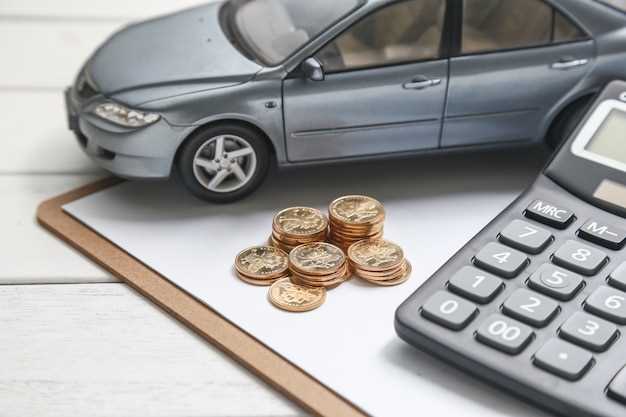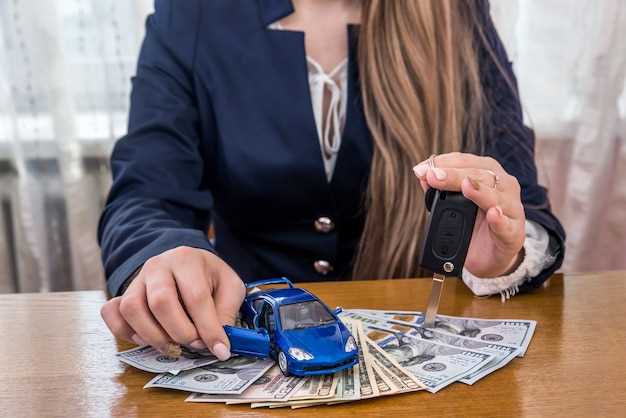
The appearance of a vehicle plays a crucial role in its overall value. Many potential buyers, whether for personal use or resale, prioritize the cosmetic condition of a car when making their purchasing decisions. A well-maintained exterior and interior can significantly influence the buyer’s perception and the eventual evaluation of the vehicle’s worth. This emphasis on aesthetics not only affects the initial sale price but can also impact long-term value retention.
When assessing a vehicle, buyers often conduct a thorough inspection, focusing on factors such as paint quality, dent presence, and the condition of upholstery. A vehicle with minor cosmetic flaws may fetch a considerably lower price compared to a similar model that boasts an impeccable look. Therefore, understanding the dynamics between cosmetic condition and vehicle value is essential for both sellers and buyers in the automotive market.
The implications of cosmetic condition extend beyond mere beauty. In many cases, a vehicle’s appearance serves as a reflection of its maintenance history and overall care. Thus, proper attention to cosmetic details can not only enhance a vehicle’s appeal but also promote a favorable evaluation during price negotiations. Ultimately, a vehicle’s cosmetic state stands as a testament to its perceived reliability and value in the eyes of the consumer.
Assessing the Role of Exterior Appearance in Pricing

The exterior appearance of a vehicle is a crucial factor influencing its overall valuation. Buyers are often first attracted to a car based on its visual appeal, which includes the condition of the paint, bodywork, and other outer features. An effective evaluation of a vehicle’s exterior can directly affect its resale price, as cosmetic condition reflects the care the owner has invested over time.
When potential buyers assess a vehicle, they frequently consider superficial aspects such as scratches, dents, and rust. These imperfections not only detract from the car’s aesthetic value but can also suggest underlying issues that may lead to further depreciation. Therefore, a thorough evaluation of the vehicle’s exterior can reveal the extent of wear and tear, which plays a significant role in determining its price in the market.
Additionally, vehicles in pristine condition may command a premium, reflecting the buyer’s willingness to pay more for a car that requires fewer immediate repairs and maintenance. Conversely, cars with visible signs of neglect may see a substantial drop in pricing, as buyers factor potential restoration costs into their purchase decisions. An accurate assessment of the exterior condition helps both sellers and buyers establish fair pricing, ensuring that the valuation aligns with the vehicle’s cosmetic state.
In summary, the importance of exterior appearance in vehicle pricing cannot be overstated. An in-depth evaluation of cosmetic condition provides essential insights that help in setting realistic price expectations, ultimately guiding buyers and sellers through the transactional process more transparently.
Common Cosmetic Issues and Their Financial Implications
When assessing the value of a vehicle, cosmetic condition plays a crucial role. Several common cosmetic issues can significantly affect the price of a car, often diminishing its value more than owners might anticipate.
Scratches and Dents: Minor scratches and dents are frequent occurrences, especially in urban environments. While they may seem superficial, their presence can lead to a decrease in the vehicle’s appearance and overall value. A car with visible damage may sell for hundreds to thousands of dollars less than a comparable vehicle in pristine condition.
Faded Paint: Exposure to sunlight and environmental factors can cause automotive paint to fade over time. This issue not only detracts from the car’s appearance but also signals potential neglect. A faded exterior can reduce the resale price as potential buyers may worry about underlying rust or corrosion.
Worn Interiors: Seats and surfaces that show significant wear, tear, or staining can impact a vehicle’s appeal. An interior that is clean and well-maintained suggests care, while a worn interior can lead to lower prices during resale, as potential buyers may factor in costs for repairs or replacements.
Chipped Windshields: Windshield chips or cracks are not just a safety concern; they can also be a financial liability. Repairing or replacing a windshield can be costly, and buyers may deduct repair costs from their offer, thereby affecting the overall price of the vehicle.
Rust Damage: Visible rust can be a significant deterrent for buyers. It not only affects the appearance but also raises concerns about structural integrity. A vehicle with extensive rust damage might see a drastic decrease in value, as potential buyers will estimate high repair costs or deem the vehicle unsafe.
In conclusion, maintaining a vehicle’s cosmetic condition is essential for preserving its market value. Understanding and addressing common cosmetic issues can significantly influence the financial implications when it comes to buying or selling a vehicle.
Best Practices for Maintaining Vehicle Aesthetics to Preserve Value

Maintaining your vehicle’s aesthetics is crucial for preserving its overall value. Regular maintenance can significantly impact the price during evaluation or resale. Here are some best practices to consider:
Regular Wash and Wax: Frequent washing removes dirt, grime, and contaminants that can cause paint damage. Applying a protective wax layer every few months can shield the paint from UV rays and environmental pollutants.
Interior Care: The interior’s condition directly affects the vehicle’s appeal. Use quality cleaners designed for upholstery and plastics to prevent wear and tear. Regularly vacuum and condition leather surfaces to maintain their appearance and longevity.
Prompt Repairs: Address dents, scratches, or any aesthetic damage as soon as they occur. Ignoring small imperfections can lead to more significant issues that may affect both the aesthetic appeal and the vehicle’s value during evaluation.
Protective Covers: Utilizing car covers, especially when parking outdoors, can prevent exposure to harsh weather conditions and reduce the risk of scratches and fading.
Proper Storage: Whenever possible, store your vehicle in a garage or shaded area. This helps mitigate damage from sun exposure and environmental elements, preserving paint quality and interior materials.
Routine Professional Detailing: Investing in professional detailing services can provide a thorough cleaning and protection that everyday washing might miss. Detailers often apply advanced products that enhance shine and extend the life of the vehicle’s surfaces.
Regular Inspections: Conduct regular evaluations of both interior and exterior conditions. Being proactive allows you to catch and address issues before they escalate, ultimately supporting higher resale values.
By adhering to these best practices, you can effectively maintain your vehicle’s aesthetic condition, which plays a vital role in preserving its overall value and ensuring a higher price during future evaluations.






